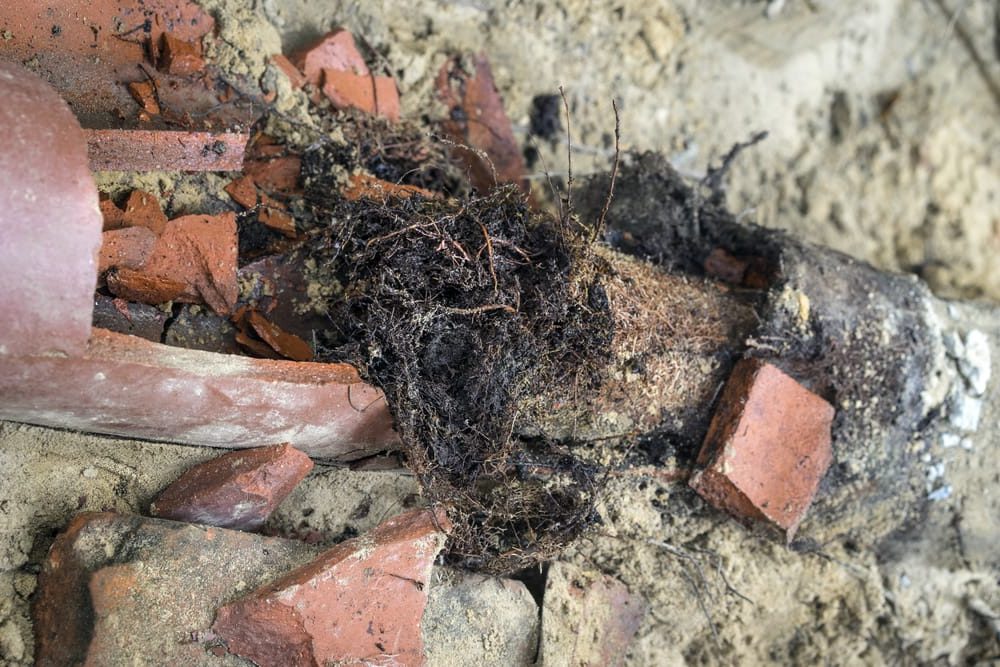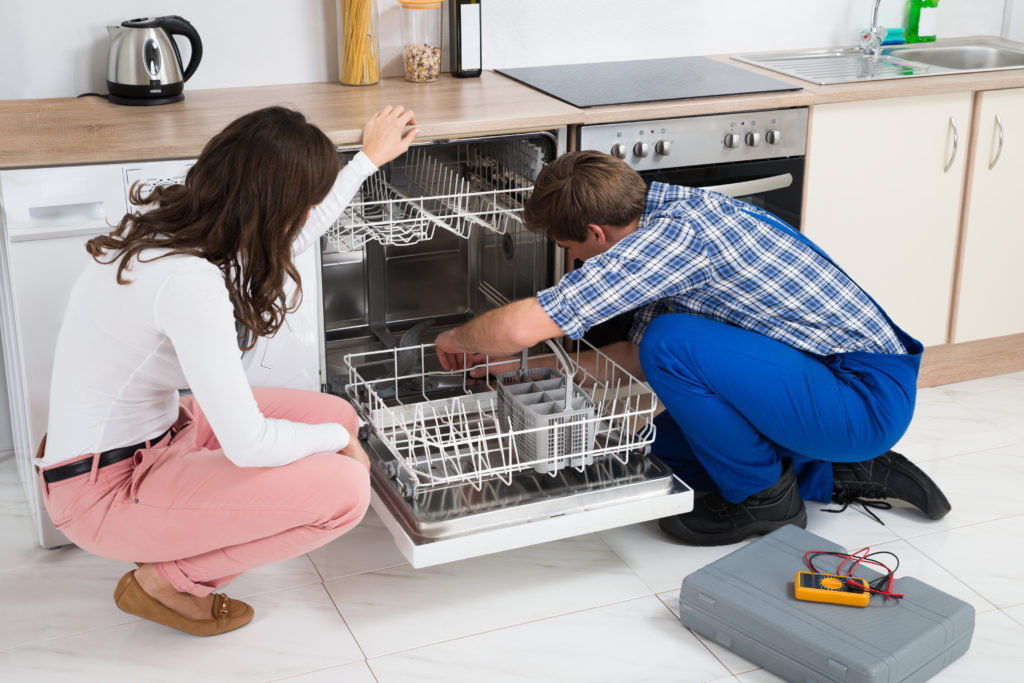Updated 2024 by Joe Rantino. Sydney homeowners in leafy suburbs need to check their plumbing this summer! If you have trees near your house, there are various ways this could put your house at risk. And when the summer season is a scorcher like this one, the likelihood of tree roots in pipes rises with the temperature creating costly blocked drains in Sydney.
Trees are thirsty! Their roots are always in search of water and nutrients – and the underground pipes that carry wastewater away from your home are full of both. So that one healthy tree among the dry might just be a parasite – causing you (or even your neighbours) serious plumbing issues.
Tips from the expert: After spending 20 years in the Sydney Plumbing business, I know that plumbing problems can go unnoticed. So let me help you out! Look out for slow or gurgling drains, foul odours, backed-up toilets, sinkholes or vibrant green grass patches. Take any signs seriously. And if you do notice one, get it checked, because even if it isn’t a tree root blockage, it might be something else. I’ll get to the “root” of the problem!
How do tree roots put my plumbing at risk during hot dry summers?
There are two main ways tree roots risk the integrity of your plumbing in summer, particularly in extremely dry conditions.
Tree roots have penetrated the pipe
The slightest crack or leak is like a red flag to thirsty tree roots. They’ll put a vast amount of energy into growing towards and invading any space that holds moisture in arid conditions. Once infiltrated, tree roots can cause blockages within underground pipes, and in some cases, cause cracks and significant damage.
Soil dehydration
North Sydney has two main soils – sandy soil and clay soil. Some properties have a combination of both. When the weather is particularly dry, tree roots act like vampires and suck the moisture out of the surrounding soil to survive, especially clay or combination soil. When clay soil dries out excessively, like model clay, it hardens and contracts. Consequently, older, more fragile pipes can be damaged and leak.

Sewerage vs Stormwater Drainage
Both sewerage drainage and storm water drainage pipes in Sydney are generally constructed of PVC but their size will depend on the expected capacity. While a 90 or 100mm pipe may carry roof water, it could connect to a much larger pipe further along, depending on how Sydney Water connected your property and neighbours. At first glance, it may be hard to know which pipe has been impacted. While a tree root blocking a storm water drain is problematic, it’s not necessarily an emergency (yet – it’s going to be one very soon though). Unless water is gushing into your yard, it can wait until business hours. However, if you suspect a tree root has penetrated a sewerage pipe, you shouldn’t delay. Generally, if it’s on your land, it’s your responsibility, if it’s on public land, it’s Sydney water’s problem.
NOTE: 10mm can make a huge difference
If your property features 90mm PVC pipes, you may need to take extra care, as they’re generally constructed from recycled materials and are more susceptible to damage. PVC is a notoriously non-biodegradable material so plumbing services are trying to recycle it to reduce industry trade waste. This is a relatively new practice and the results have been mixed. The quality of the recycling determines how robust the new pipe. If your Sydney property is relatively new or had plumbing infrastructure added, you may have 90mm recycled PVC pipes that are susceptible to “crushing” under too much pressure. As sewerage pipes are generally laid on steeper fall ratio, this means that the pipe goes “deeper” so is more susceptible to crushing. If you suspect your backyard drainage isn’t up to code, you should call in a Sydney emergency plumber immediately. If you fear that tree roots have infiltrated sewerage or stormwater drainage in your street, call Sydney water straight away.
Who is responsible?
Tree roots in pipes can cause homeowners a whole lot of plumbing woes. But what if the offending tree causing damage to your pipes isn’t actually on your property? Who is responsible? As a general guide, the owner of the land the tree is growing on is liable for any damage caused. Further, if the tree is on the border of two properties, it can be jointly owned. And what about council trees? For the council to accept liability, you would need to show that you had notified the council PRIOR to the damage being done and prove that they failed to act on the notification. In most cases, you need to show that the tree root damaged the pipes, not that the root simply entered an already damaged pipe. Liability disputes are not uncommon and rules can vary in different states and territories, so it’s important to get specific advice about your situation.
How to prevent tree roots in pipes
Avoid costly bills and arguments with neighbours and local councils! Regular maintenance of your plumbing can detect possible issues before they lead to blockages or burst pipes. Choose a plumber with state-of-the-art equipment including CCTV Drain Inspection. This gives the most accurate assessment of the condition of your pipes and whether they’re susceptible to blockage or damage caused by tree roots.
Do I live in a high-risk area of Sydney?
We’ve been fixing blocked drains and providing plumbing services in Ryde in Sydney’s north for more than 20 years. We work all across the north and north west. If you’re worried that your leafy suburb is putting you at risk for plumbing problems, take a look at our guide to issues with plumbing in North Sydney suburbs.
Think tree roots have already compromised your plumbing? If you notice bad smells, slow-draining water, or suspiciously healthy trees in the yard, don’t ignore it! Get in touch with Gladesville Plumbing for a thorough assessment.














